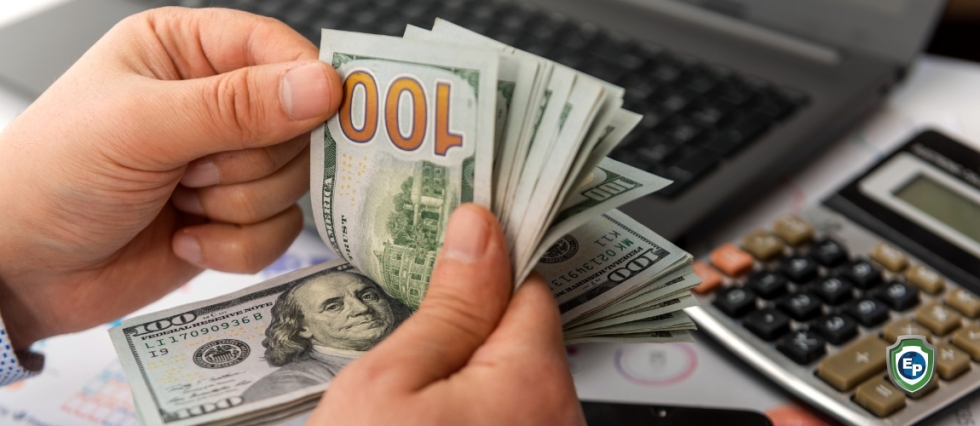Why Is a Strong Dollar a Problem for Emerging Markets?
Learn why a strong dollar can be detrimental to emerging markets and what countries must do to protect their economies. Get the facts and analysis you need here.

In October, the dollar index, a measure of the value of the U.S. dollar relative to a basket of foreign currencies, reached a 20-year high. The dollar appreciated against other leading currencies mainly because of interest rate hikes in the U.S. and deteriorating global economic conditions.
Why does the dollar appreciate?
The U.S. central bank has increased interest rates this year to combat inflation and has done so significantly faster than central banks elsewhere. As interest rates in the U.S. rise, it becomes more attractive for investors to buy dollar-denominated interest-bearing assets instead of other currencies. As they sell their currencies and buy the dollar, the dollar appreciates against those other currencies.
Also, the U.S. dollar is a so-called “safe haven,” meaning investors consider the dollar more secure than other currencies. That is because the U.S. economy is stronger than other economies and has a better chance of weathering a recession. It’s also because U.S. institutions are governed by law and thus more reliable as institutions in, for example, autocratic countries.
Why does a strong dollar cause problems for emerging markets?
The rising dollar causes issues for emerging markets economies. Often their governments and private companies are indebted in U.S. dollars. That means if they take a loan, it is denominated in U.S. dollars. The reason is that international lenders don’t want to provide local currency loans, which expose them to local currency risk.
As the dollar appreciates, the dollar value of the debt stays the same, but companies need more local currency to repay the debt. As most of their revenue streams are in local currency, the debt burden increases and eats up a bigger share of their assets. In other words, if the dollar appreciates, local-currency-earning debtors with dollar-denominated debt get poorer.

When does a strong dollar lead to a crisis?
Rising debt levels can become a problem if they reach a critical mass. Fortunately, many emerging markets governments and companies have learned from the past and decreased their foreign currency debt. Dollar-debt levels in most emerging markets are way lower today than in 2018.
However, that’s not the case everywhere. Additionally, deteriorating global economic conditions have forced some countries to take on more debt and draw down their foreign reserves. Sri Lanka was a worst-case example, as the country couldn’t repay a debt earlier this year and had to apply to the International Monetary Fund for emergency loans.
What’s the outlook for 2024?
The dollar has started to retreat again since late October but remains elevated. The longer this continues, the more it hurts emerging markets. If the U.S. central bank ends their rate-hike cycle and other central banks start catching up, the dollar should depreciate.
The U.S. central bank will likely slow its rate hikes in the coming year compared to 2023, as inflation starts to fall. Other central banks like the European Central Bank will have to increase rates further, as Euro-inflation keeps increasing and has reached double-digit levels in some Eurozone countries. As interest rates are moving closer, the dollar should start losing value again.
Stay Tuned with Export Portal
For information on how B2B export works, be sure to check out our Blog Page today!


















Comments 0